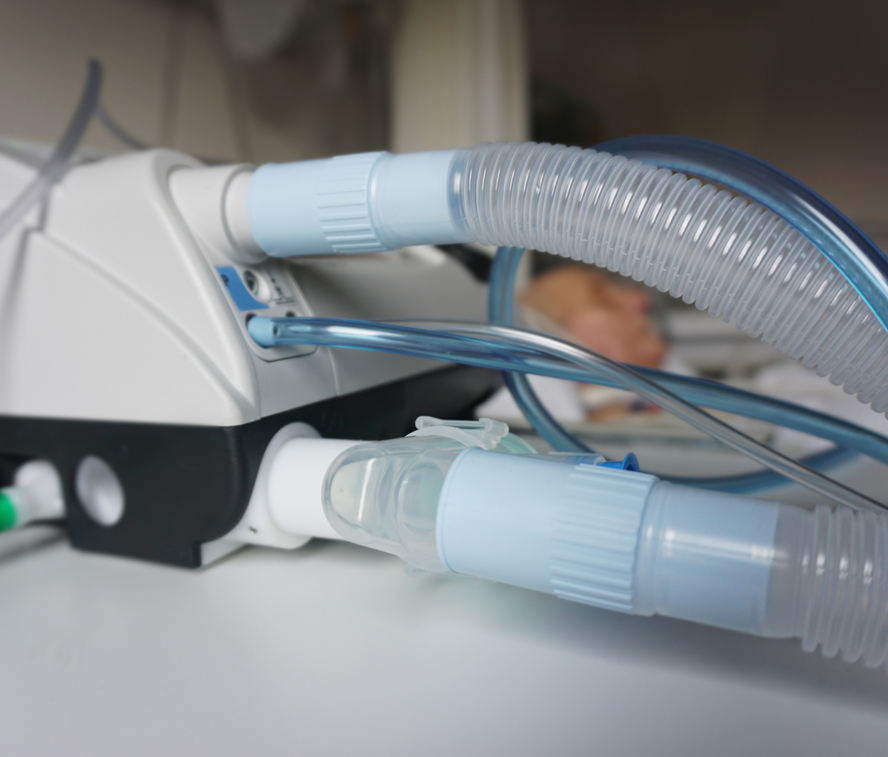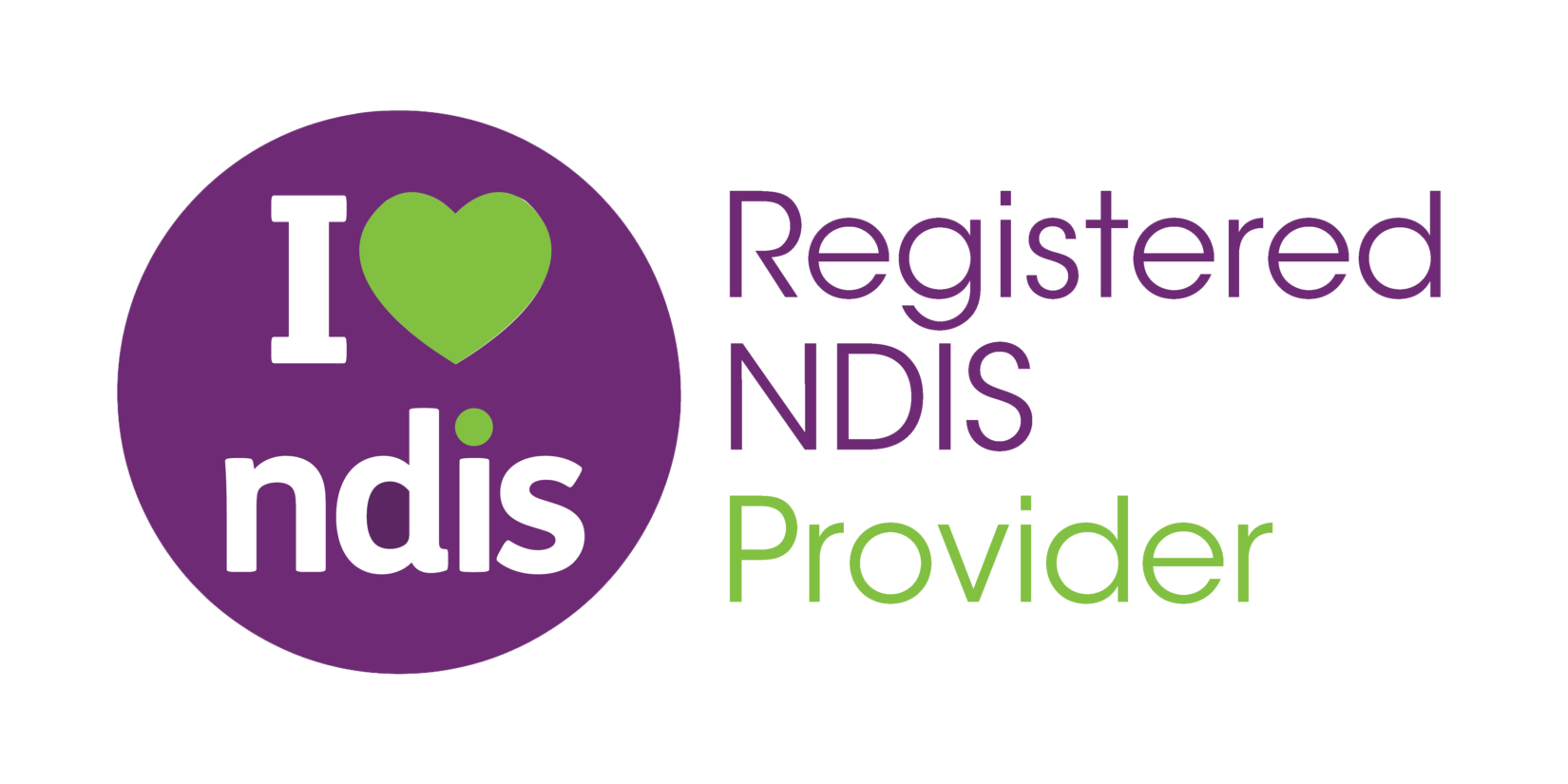Get in touch
Email: info@empoweringabilityjourney.com.au
Phone: 0451 093 210 or 1300 045 841
The Realities of Tracheostomy Care: What Caregivers Should Know
Tracheostomy Care
Why Some People Need a Tracheostomy
A tracheostomy is a hole created by a surgeon through the front of the neck and into the windpipe.
A tracheostomy tube is placed into the hole to keep it open, allowing air to pass through when the usual breathing route is blocked or reduced.
This procedure is often necessary when long-term use of a ventilator is required due to health issues.
Nha's Tip for Cleaning
Regularly cleaning your tracheostomy tube and surrounding skin prevents infections.
Follow your care team's instructions to keep the area clean and safe.
Nha's Tip for Cleaning
Regularly cleaning your tracheostomy tube and surrounding skin prevents infections.
Follow your care team's instructions to keep the area clean and safe.
Essential Features to Look for in a Tracheostomy Tube
The tracheostomy tube has an outer cannula as the main shaft and a neck plate, known as the flange.
The flange rests on the neck over the stoma, which is the opening, and allows for the insertion of ties to secure the tube in place. This structure makes sure that the airway remains open and stable.
How Care Plans Help Keep Tracheostomy Patients Safe
Participants needing tracheostomy care will have a tailored routine plan developed in collaboration with healthcare practitioners. These plans guide support workers in providing consistent and effective care.
Plans are reviewed and updated regularly, with information shared with participants, their caregivers, and advocates.

Who Is Responsible for Tracheostomy Care?
Suctioning and general care for tracheostomy patients require specific skills.
All carers, enrolled nurses, and registered nurses must be trained and supervised by a registered nurse who has completed tracheostomy training.
Refresher courses and ongoing education make sure that all carers maintain their skills and meet professional standards.
Support workers must also be trained and assessed in tracheostomy management, including emergency responses.
Allied Health Support
Physiotherapists play a key role by assisting participants with exercises to keep their lungs clear of mucus.
Speech therapists help with swallowing and speaking challenges, while dietitians manage special feeding needs, including formulas and food thickness requirements.
General Tracheostomy Care
- Regular tracheostomy tube changes are vital and should follow specific instructions for at-home care.
- Use warm compresses to relieve pain at the insertion site and clean the inner cannula as needed.
- A humidifier is recommended for about a month post-surgery to maintain comfort.
- Keep the area around the stoma dry and clean. When outdoors, wearing a scarf over the opening can help protect it.
- Avoid contact with water, food particles, and powdery substances to minimise infection risks.

Monitoring and Maintenance
- Plan Reviews: Regularly review the care plan to make sure it meets the participant’s needs.
- Tube Security: Check the tracheostomy kit weekly and after each use. Make sure the tube and tape are secure daily.
- Tube Movement: The tube should not move more than one centimetre in any direction. Document the flange position every shift.
- Cuff Pressure: Check and document cuff pressure every four hours, maintaining 25 to 30 cm H2O.
- Humidification: Clean and check the heat moisture exchange every two hours.
- Inner Cannula Cleaning: Clean the inner cannula at least every four hours and keep a replacement available.
Stoma and Suctioning Care
- Inspect the stoma daily to make sure the skin is clean and dry. Use normal saline for cleaning.
- When suctioning, use an open aseptic technique to maintain sterility.
Infection Prevention
- Do not clean the inner cannula in hand basins or sinks to avoid contamination.
- Follow standard precautions to minimise the risk of infection for participants and carers.
By following these guidelines, tracheostomy care can be safely managed while supporting the participant's comfort and well-being.
Nha's Advice on Humidity
Using a humidifier adds moisture to the air, which can help keep your airway moist and comfortable.
This is especially helpful in dry environments.
Nha's Advice on Humidity
Using a humidifier adds moisture to the air, which can help keep your airway moist and comfortable.
This is especially helpful in dry environments.
Stoma Care Procedures
Wear eye protection and clean your hands thoroughly before starting. Use a non-touch technique to clean the stoma, applying normal saline to gently remove debris.
Avoid using powdery creams or products unless they have been specifically prescribed, as these can irritate the skin.
For any redness or excessive fluid, use a non-adhesive hydrocellular foam dressing to protect the area and aid healing.
Always refer to the care plan to determine the correct type of dressing and how often it needs to be changed.
Tracheostomy Tie Changes
Always make sure new ties are secured in place before removing the old ones. This prevents any risk of the tracheostomy tube becoming dislodged.
Two competent individuals must always be present during tie changes to maintain safety and provide support if needed.
Check the ties for proper fit and comfort to avoid skin irritation or pressure marks. Regular monitoring of the area around the ties is important to identify and address any signs of redness or discomfort early.

Tracheostomy Tube Changes
Tracheostomy tube changes require at least two competent staff members to perform safely.
Make sure that all necessary equipment, including the tracheostomy tube and kit, is prepared and easily accessible before starting.
Follow proper protocols to minimise the risk of infection or complications during the procedure. Document the procedure carefully, including details about the tube type, size, and any observations during the process.
This record helps make sure of continuity of care and provides a reference for future changes.
Tracheostomy Suctioning
Suctioning is essential for maintaining a clear and open airway. Perform suctioning before meals or bedtime to prevent discomfort and improve airflow.
Use a gentle technique to avoid causing trauma to the airway. Monitor the amount and appearance of secretions to detect any changes that might indicate an infection.
Keeping the airway clear makes sure of better breathing and overall comfort for the individual.
Oral Care
Brush the teeth at least twice daily to maintain good oral hygiene and prevent infections. Offer ice chips or sugarless gum to stimulate saliva production and keep the mouth moist.
Apply lip balm to prevent dryness and cracking, which can lead to discomfort or sores. Be alert to any signs of oral complications, such as swelling or redness, and report these immediately.
Regular oral care supports overall health and reduces the risk of further complications.
What to Do in a Tracheostomy Emergency
Always keep a tracheostomy kit readily available for emergencies. Report any signs of difficulty breathing, severe coughing, bleeding, or possible infection immediately to make sure of timely care.
Regularly monitor vital signs, such as heart rate, oxygen levels, and respiratory patterns, to detect any issues early.
Train all caregivers on emergency procedures and equipment to handle unexpected situations confidently. Being prepared can make a significant difference in preventing serious outcomes.

Emergency Protocols
If you have concerns about a patient’s condition, promptly contact a registered nurse or supervisor for guidance. In urgent situations, call 000 for an ambulance to make sure of immediate medical assistance.
Stay calm and follow the emergency procedures outlined in the care plan. Make sure all necessary information, such as medical history and current medications, is readily accessible for emergency responders.
Quick and decisive action can help protect the individual’s safety and well-being.
Ready to Get Started?
If you need further guidance or support, reach out to your care team today.
Expert advice and assistance are just a call away.
Send Us a Message
Contact Us
We will get back to you as soon as possible.
Please try again later.
Loved and recommended by Athletic Koala NDIS Website Team

